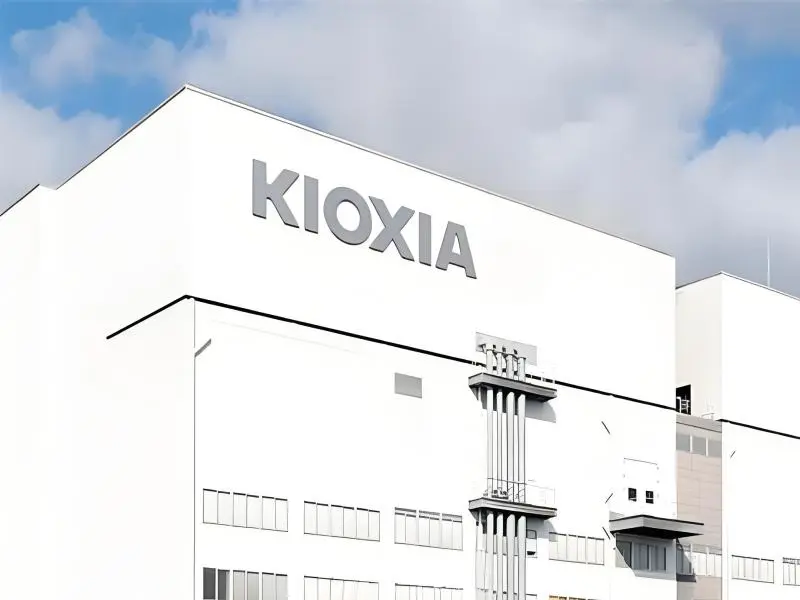- Kioxia will list in Tokyo on 18 December, expecting flash memory demand to grow with AI and data centres.
- Formerly Toshiba Memory, the company was bought by Bain Capital in 2018 for $18 billion.
What happened
Kioxia Holdings will list its shares in Tokyo on 18 December, the company announced on Friday. The company expects the market for flash memory to grow, fuelled by rising demand from AI applications and data centres. Japanese chipmaker Kioxia makes NAND flash-memory chips used in smartphones, computer servers, and other devices. The Japanese chipmaker plans to sell each share for 1,390 yen ($8.99) in its initial public offering. The final price will be set on 9 December. The IPO will test investors’ interest in a sector that thrives during tech booms but is prone to sharp downturns. Once part of Toshiba Corp., Kioxia was previously known as Toshiba Memory. In 2018, private-equity firm Bain Capital led a group to buy it for $18 billion. Toshiba retained a 40% stake, and the company adopted the Kioxia name in 2019. Kioxia scrapped an earlier IPO in 2020 after U.S. trade restrictions on China’s Huawei hit its business.
Also read: Japanese chipmaker Kioxia files for IPO with December target
Also read: Japanese chipmaker Kioxia aims to list in October amid AI boom
Why it is important
Kioxia Holdings’ upcoming listing in Tokyo on 18 December marks a significant moment for the tech industry. The Japanese chipmaker, known for its NAND flash-memory chips used in smartphones and servers, is betting on the growing demand from AI applications and data centres. This surge in flash memory demand underlines the importance of Kioxia’s market debut.
The company plans to sell shares at 1,390 yen each, with the final price set on 9 December. This IPO will test investor confidence in a volatile sector that often mirrors tech industry cycles. Kioxia’s history adds weight to this event. Once part of Toshiba, it rebranded after Bain Capital acquired it in 2018 for $18 billion.
Notably, Kioxia postponed a previous IPO in 2020 due to challenges from U.S.-China trade tensions. Now, the company’s return to the market reflects both its resilience and the rising importance of memory technology globally.

